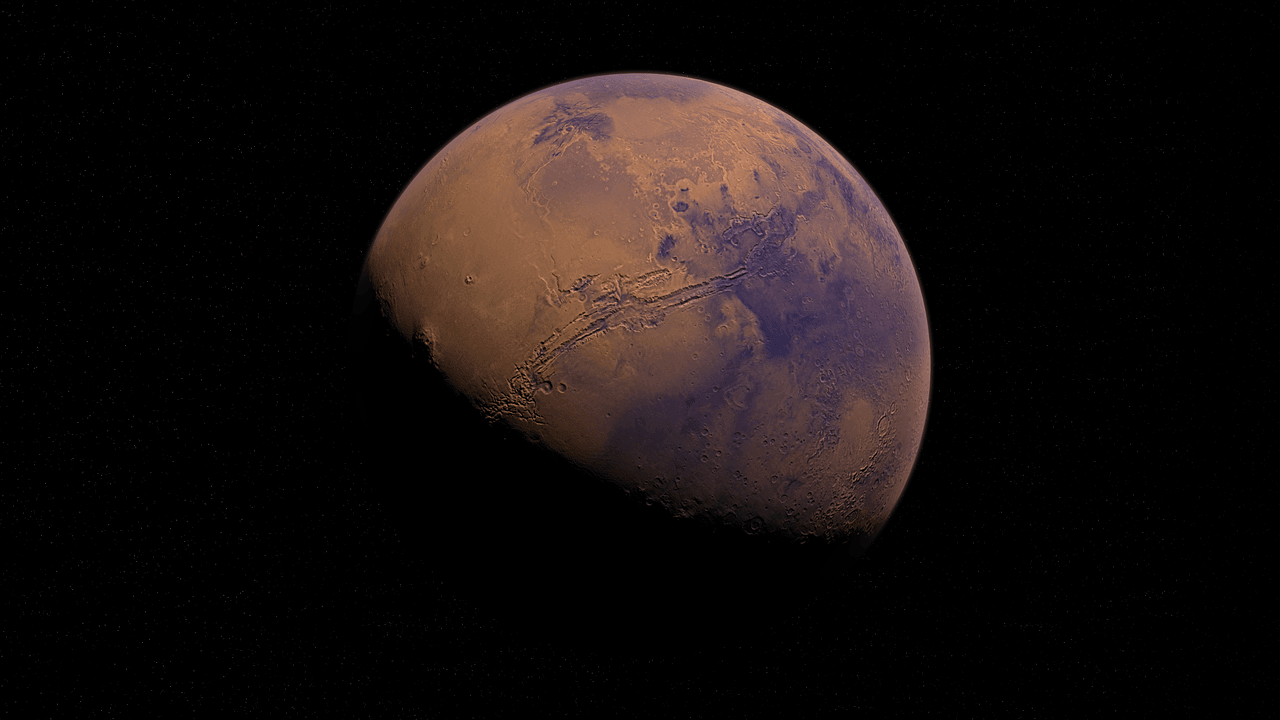NASA’s rovers continue to dig on the Red Planet in hopes of unearthing signs of early life, and NASA’s Curiosity rover seems to have discovered more methane on Mars, which could hint at the possibility of previous existence of life on the planet, The New York Times reported.
The researchers confirmed the existence of methane on Mars after the Curiosity rover’s measurements showed the presence of methane gas in the atmosphere. On Earth, evidence of methane means that there could be microbes nearby.
According to the report, NASA received the measurements from the rover last week, so the space agency still has yet to announce the findings.
“Given this surprising result, we’ve reorganized the weekend to run a follow-up experiment,” Ashwin R. Vasavada, project scientist of the mission, told the project’s science team via email, that was obtained by The New York Times.
However, the information is not enough to confirm the actual deposits of methane on Mars, so the project team working on the rover sent new instructions to the rover. The rover will use those instructions to give more details as to the previous findings, with the team expecting the results to come back this week.
Methane gas is usually part of the byproduct made by microbes called methanogens, which live in the rocks under the ground on Earth, it said in the report. Methane is also made through different geothermal reactions, so the report in Gizmodo suggests that the rover might have also just encountered a pocket of methane gas which is a result of those processes.
Nevertheless, using the results from last week’s discovery, it could be possible that the methane on Mars could have been produced by living microbes hidden on the planet. The report also points to the thin atmosphere of the Red Planet, which could have made the sun easily break up the gas with the ultraviolet rays. That said, it is believed that the gas could either be new or recently released on the planet’s atmosphere.
“To maintain scientific integrity, the project science team will continue to analyze the data before confirming results,” the project’s spokesperson said.
This is not the first time scientists have detected methane on Mars. Using the Mars Express of the European Space Agency, researchers managed to detect the presence of the gas over a decade ago. While the data was not conclusive, some scientists believed there was no methane really detected. When Curiosity first started exploring the planet in 2012, it recorded methane gas measuring one part per billion in the atmosphere, which was too little to be of any scientific importance. One year later, it recorded seven parts per billion, but the gas evaporated away and it was impossible to study it further. As well, there were methane spikes that were picked up by the space agency in 2014.
The newest measurements suggest 21 parts per billion, which is three times more compared to the measurements in 2013, and now researchers could be close to a major discovery about methane on Mars, as well as to the possibility of hosting life.





